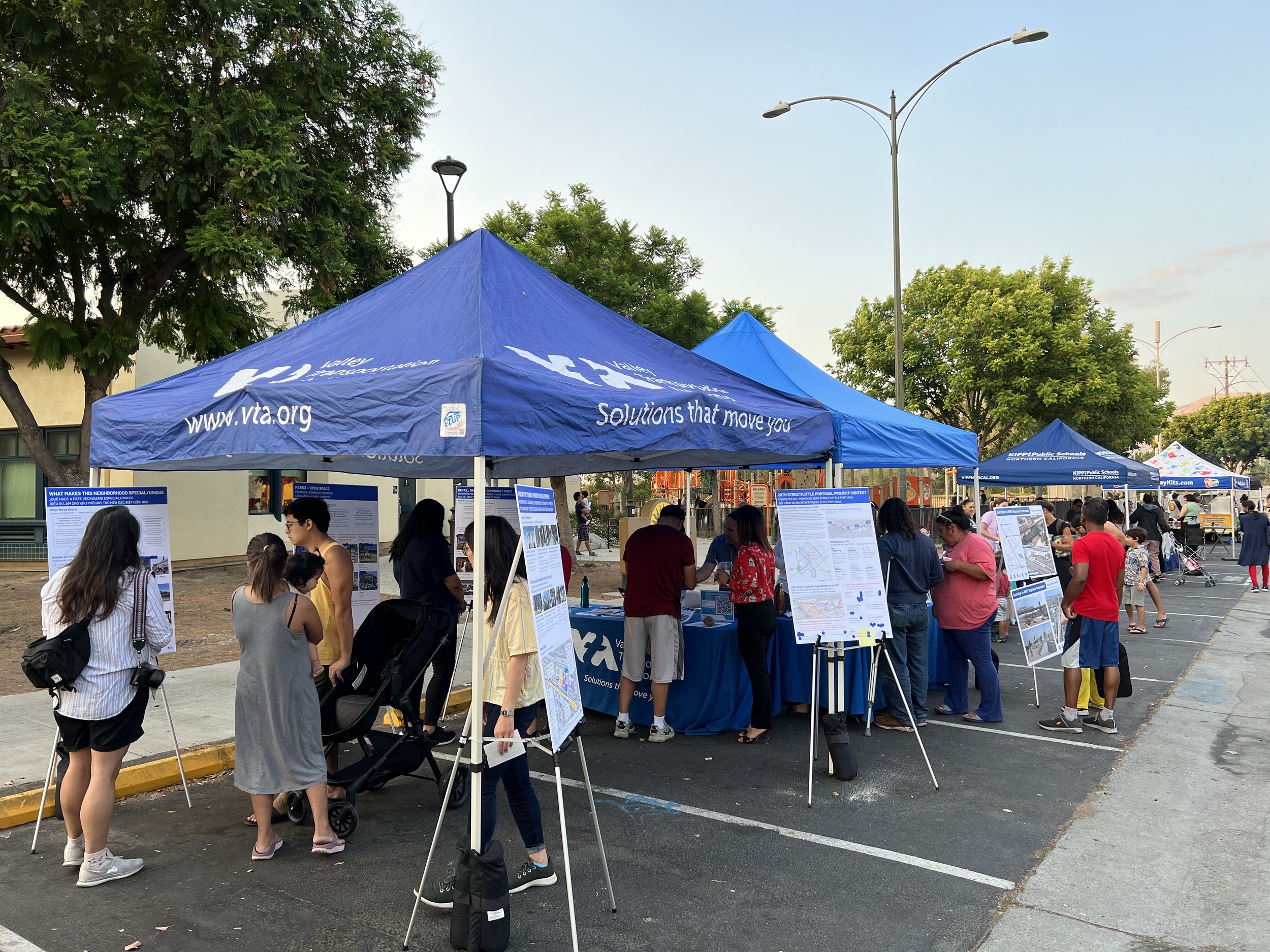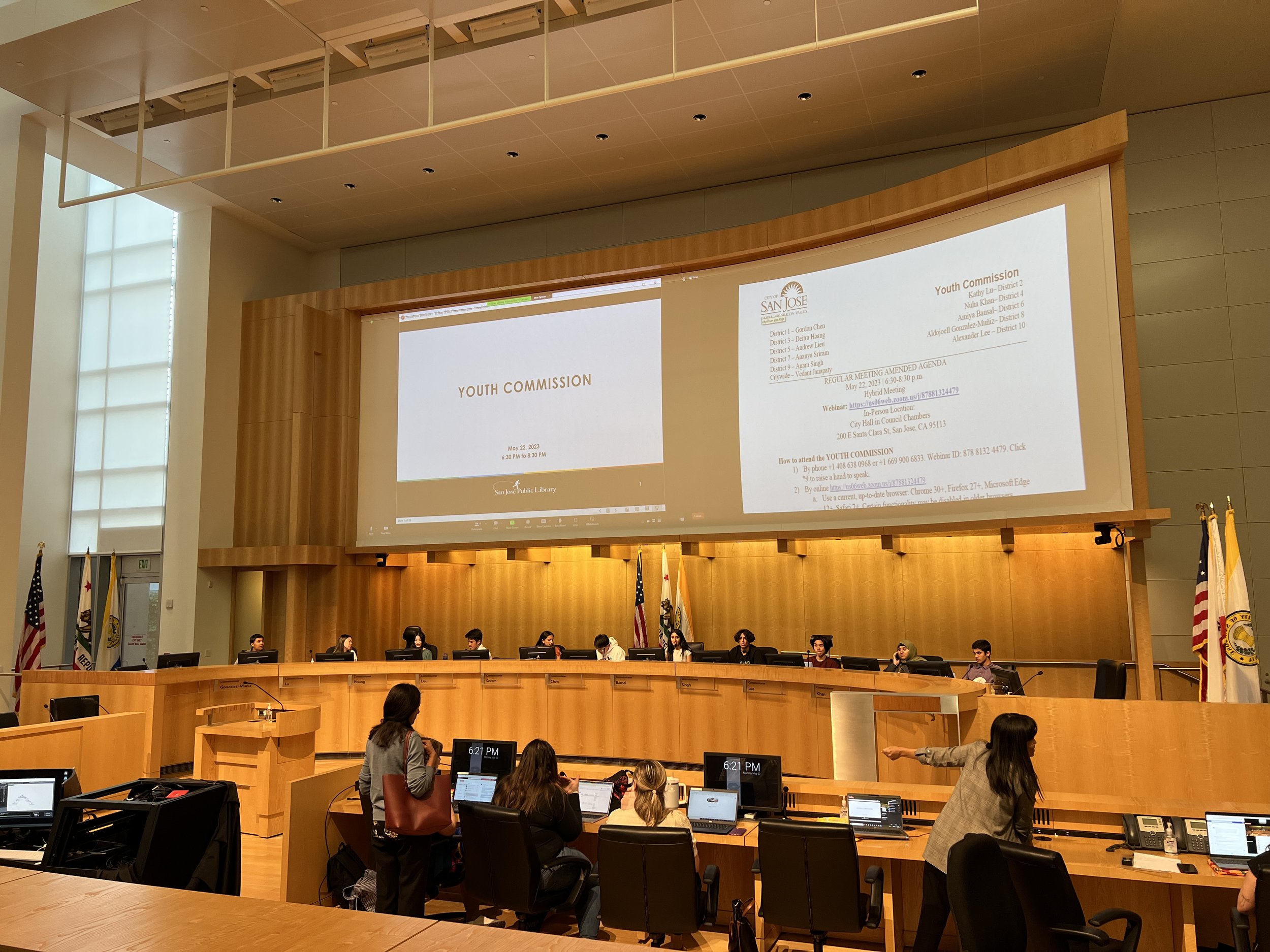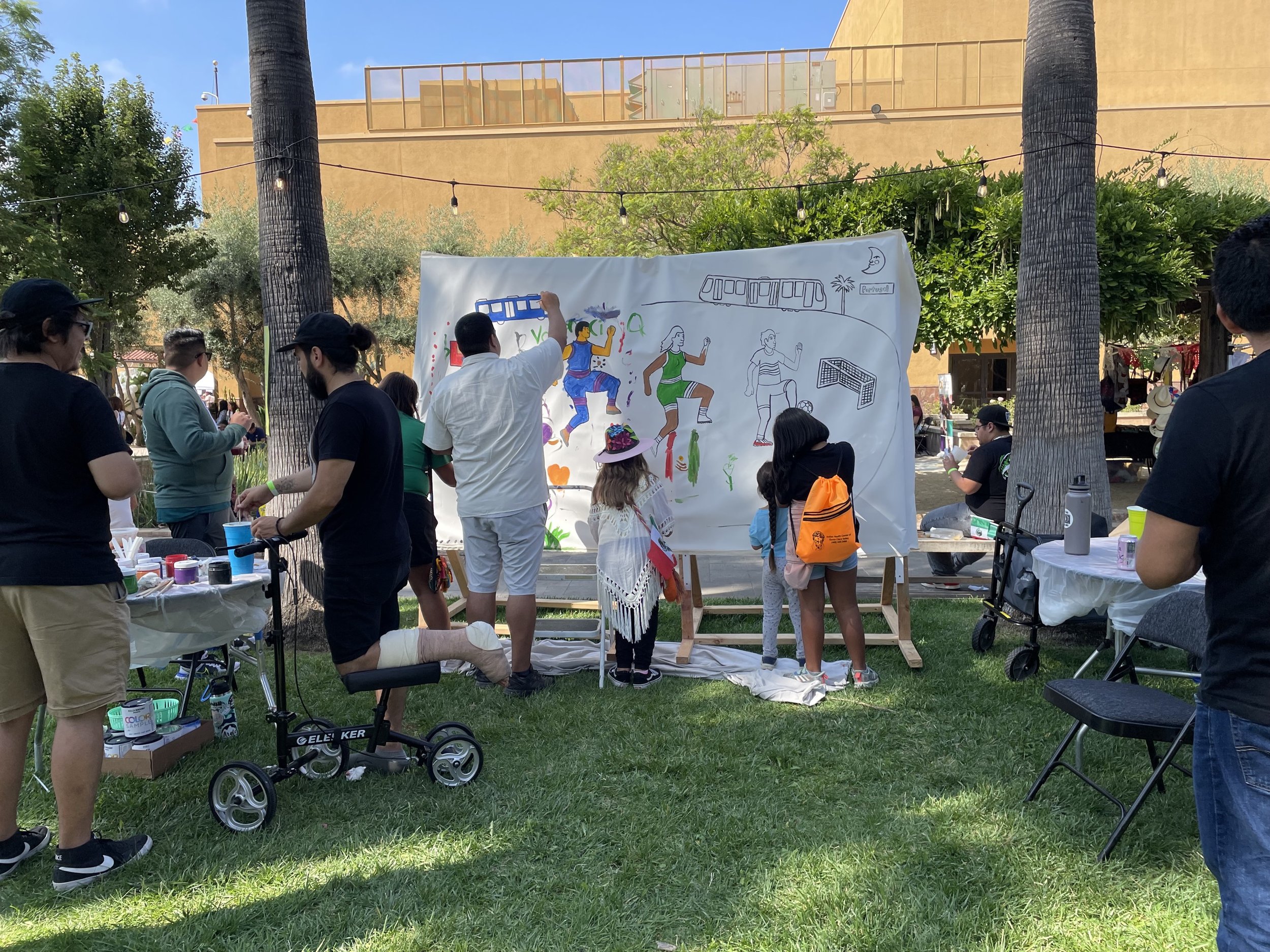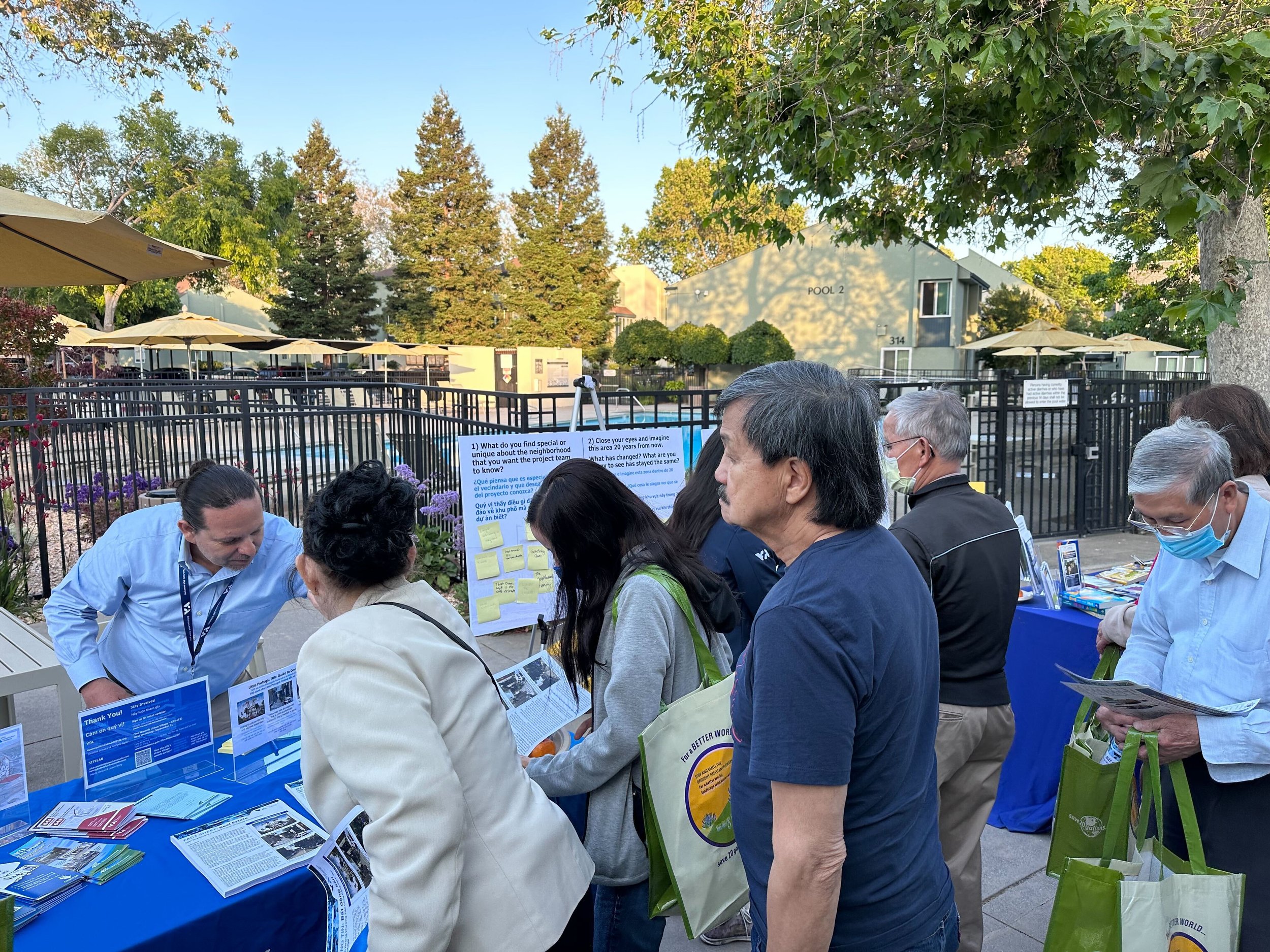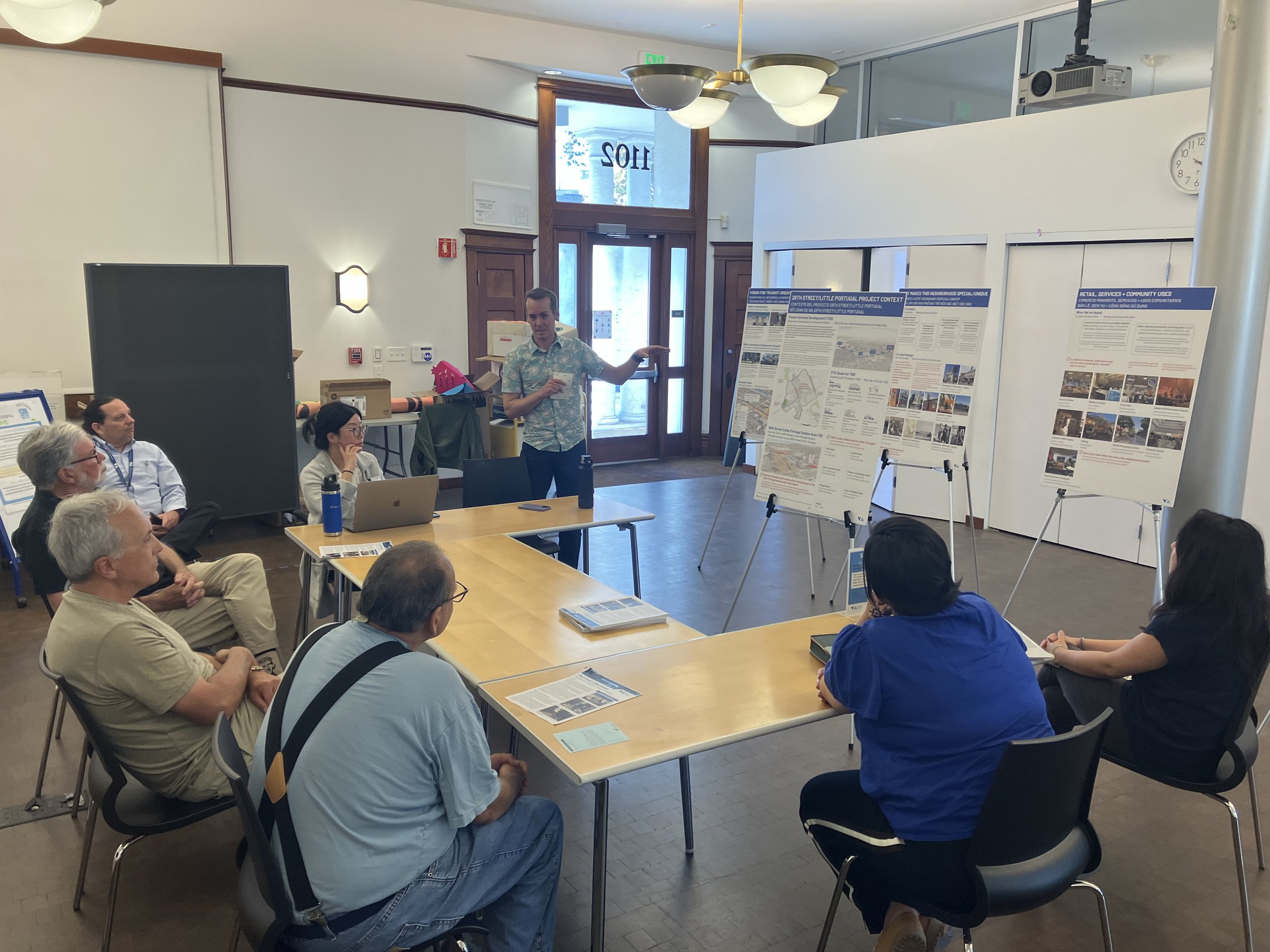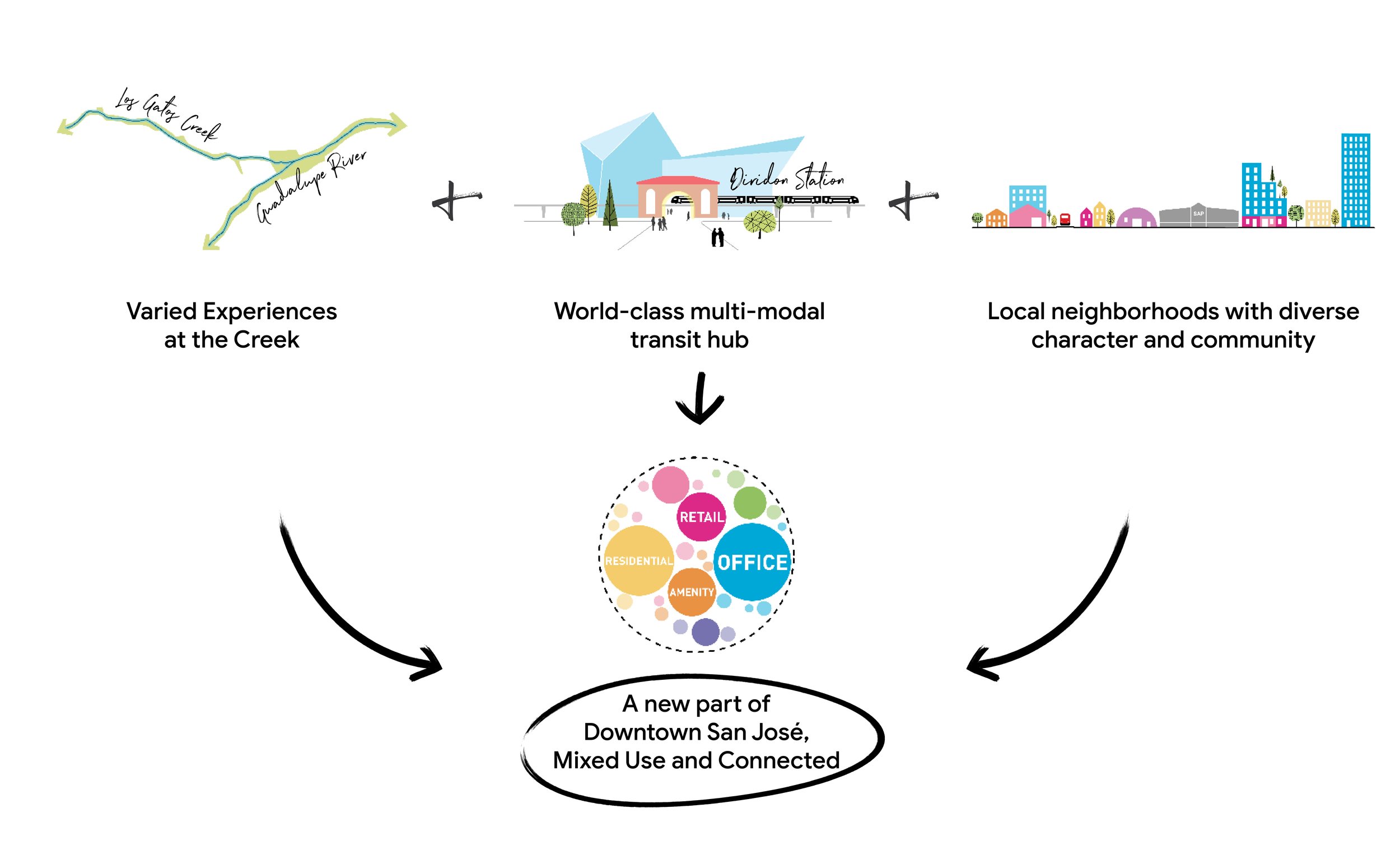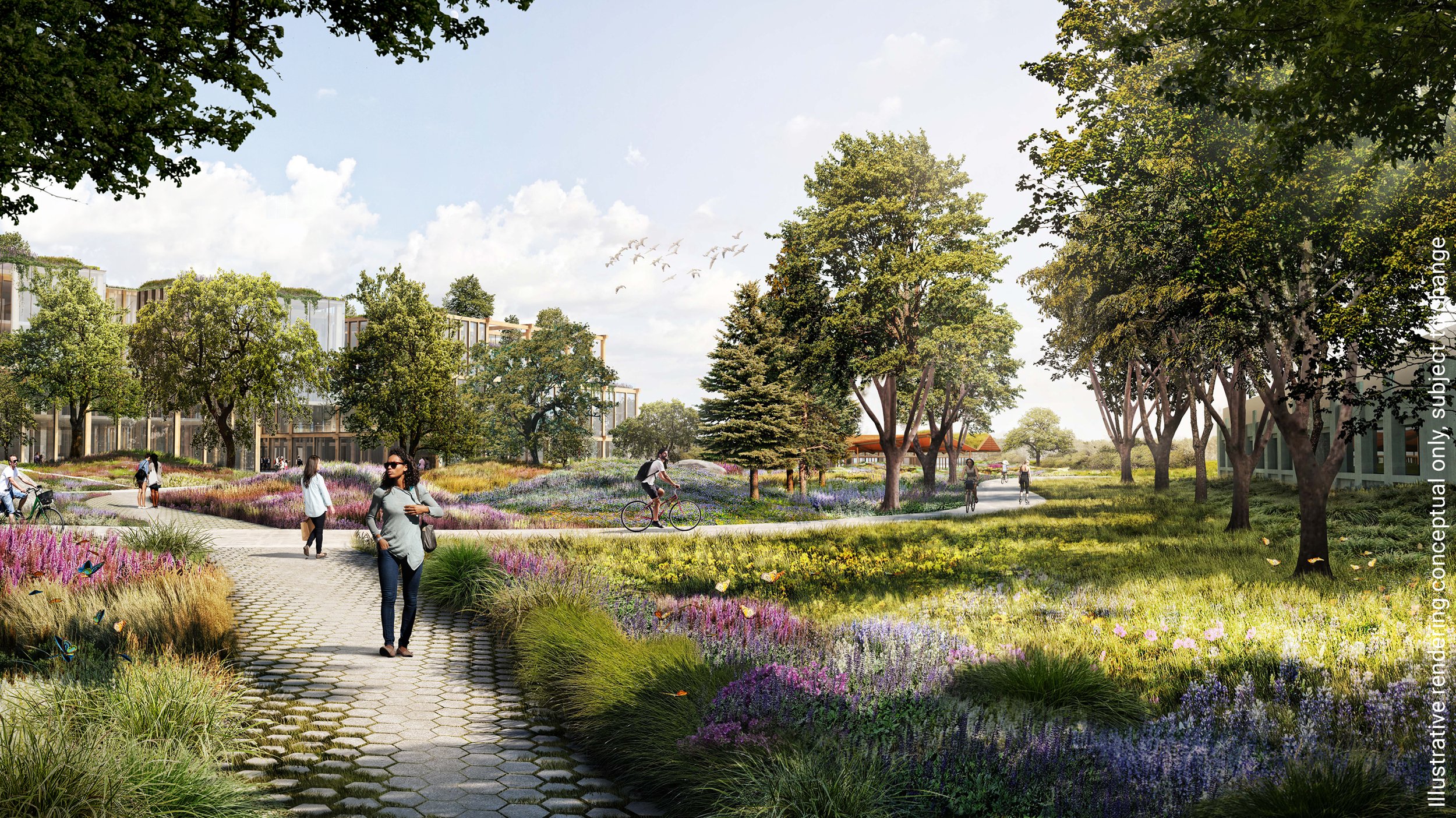Project Page VTA 28th Little Portugal
What makes a neighborhood station?
28TH STREET/LITTLE PORTUGAL BART STATION TOD
The extension of BART to Silicon Valley offers a historic opportunity for Santa Clara County to become better connected to the Bay Area at large. SITELAB is leading urban design guidelines and community engagement for the 11+ acres that VTA controls surrounding the future 28th Street/Little Portugal BART Station—emphasizing the importance of this neighborhood station as one that highlights the energy, creativity, and character of the Little Portugal neighborhood and East San José.
This project informed the simultaneous development of the Five Wounds Urban Village Plan Update by the City of San José. A series of interagency workshops including VTA, BART, and the City deepened a lasting partnership for the TOD’s success, and developed consensus around core design issues within the broader planning area and the immediate station site. Continued engagement and workshops have informed a Design Development Framework (DDF) which will guide the vision for VTA and their future development partners. The DDF will ensure that streets, open spaces, and buildings work together to shape a connected and complete neighborhood that is contextual, authentic, and resilient.
Location / Date:
San José, CA / 2022-Present
Status:
In-progress
Site area:
11+ Acres, 500k GSF Office, 700+ units Residential, 2-3 acres of open space
Client:
Santa Clara Valley Transportation Authority (VTA)
Design Collaborators:
Introba Engineering, Economic Planning Systems, Art Builds Community
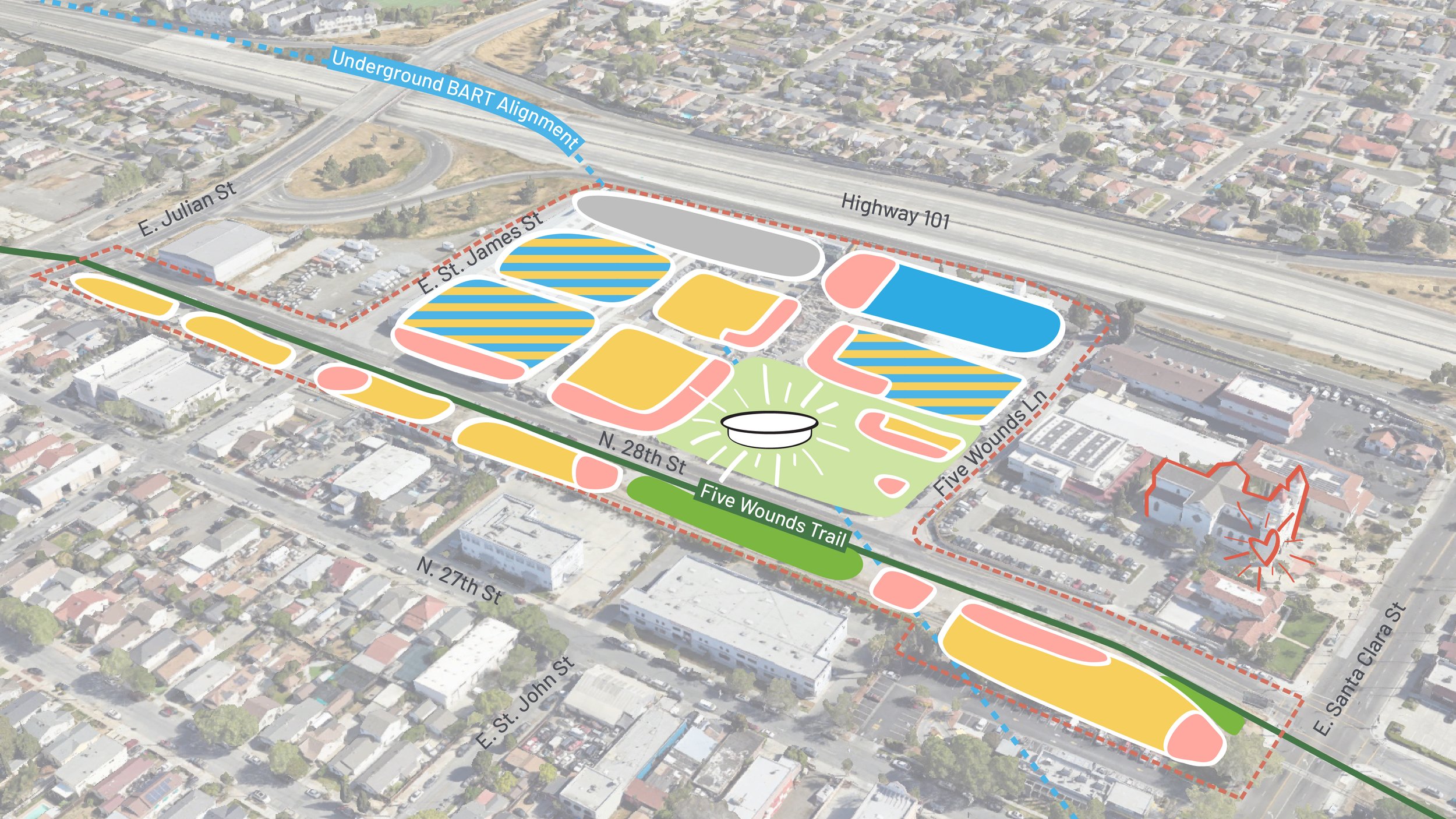
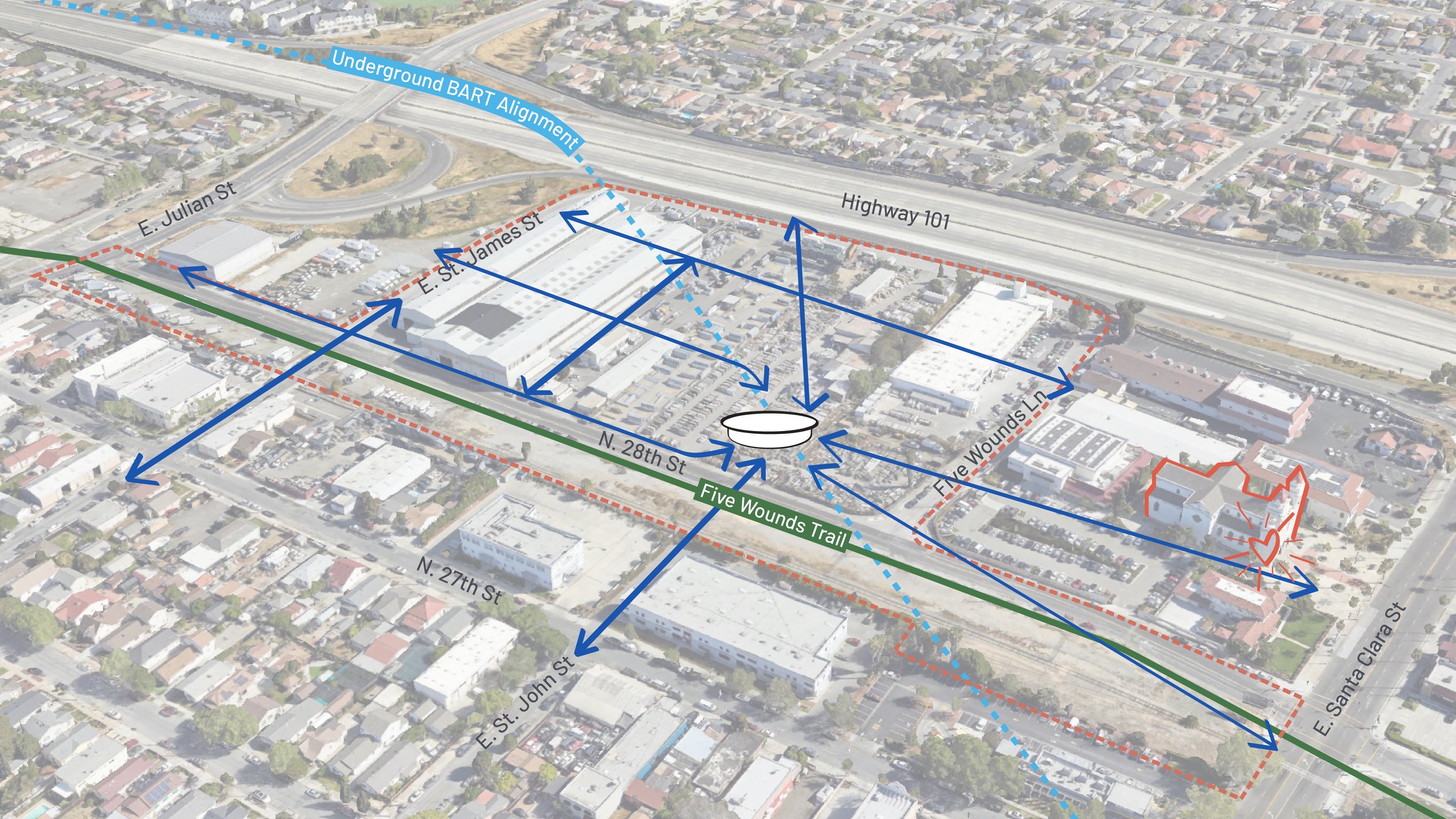
The 28th Street/Little Portugal BART Station is situated within an area of rich history, offering many opportunities for connection with local cultures and stories. During 2023, SITELAB led public workshops, stakeholder meetings, and youth engagement with local high school students, building on decades of urban planning and engagement efforts in the area. Engaged stakeholders included public institutions, nonprofit groups, faith-based groups, artists, and community-based organizations, with an estimated 700+ touchpoints. Community members provided feedback on topics ranging from special and unique aspects of their neighborhood to desired retail, services, community uses, and open space programming around the station.



